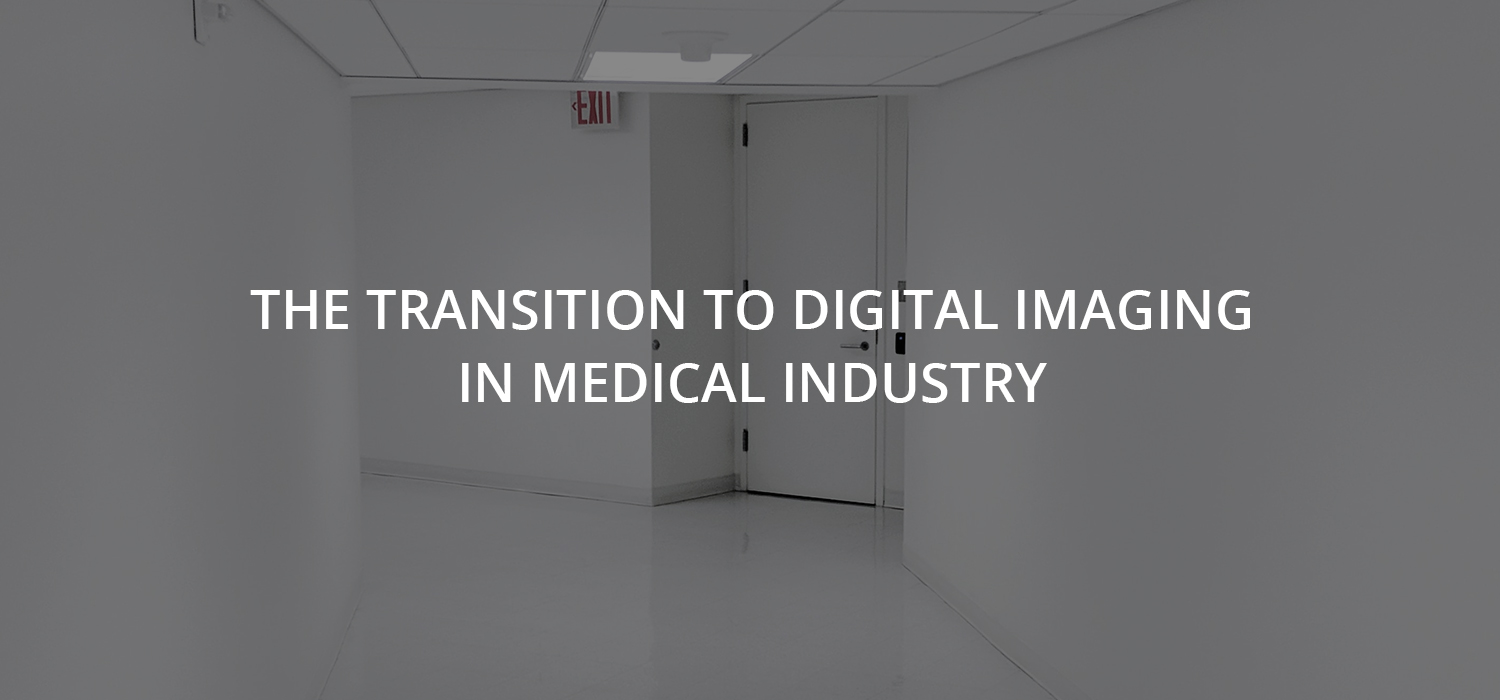

How it affects services?
Digital imaging helps in a quick and improved way of diagnostic information. Electronic images can be seen as soon as it is acquired on screen, rather than waiting for a long process of the film image. People can view images within a minute after it is taken. It is also not just limited to diagnostic information on a single piece of film and can view digital photos simultaneously at different locations. This improves clinical care by allowing multiple healthcare professionals to view information that was previously only available in one place on a single film.
Accessing quality services
Digital technology allows remote access to radiographic images. The arrival of high-speed networks and the internet has expanded the horizon of remote viewing to any place with web and internet access. Remote access helps radiologists with the requirement of being in the hospital at all times. The only limitation is a technology like remote access, network speed and file size. The limits are minimised with the use of newer technologies. Even small hospitals can access high-quality radiology interpretation regularly by using teleradiology.
The ability to manipulate digital images provides a significant diagnostic benefit over the film. For example, the software on viewing workstations allows the radiologist to use zoom to get a closer look at specific areas, digital subtraction to improve image definition, image stacking for serial viewing, contrast enhancement, and other features. In addition, it is possible to measure objects such as aortic aneurysms precisely. Clinically significant findings are also annotated for medical and educational purposes.
Digital software allows faster processes
Digital radiology software simplifies study comparison; for example, comparing radiographs taken days, weeks, or months apart allows the radiologist to notice subtle differences in appearance quickly. In addition, the number of saved photos is limited by the archival system's storage capacity. Images stored digitally with proper backup mechanisms are much less likely to be misplaced, misfiled, or potentially destroyed; they are easily accessible to anyone with adequate access to them, regardless of time or location.
With computers becoming more widely used in the showcase of radiologic images, it is not shocking that this technology is also used in their interpretation. CAD of radiology studies has shown promise in detecting pulmonary and breast nodules and assessing chest radiographs for unusual asymmetry. Of course, a computer cannot replace a physician's perception, intuition, and correlative abilities. Still, this technology can improve the diagnostic performance of radiograph interpretation, resulting in better clinical decision-making.
Enhancing Education
Digital radiology provides several benefits to educational institutions. The ability to manipulate images enables educators to easily highlight essential findings; comparisons between normal and abnormal studies and the depiction of progressive changes in pathology over time aid in the growth of diagnostic competency. Digital images are easily transported into educational conference presentations.
The initial deployment of an extensive digital radiology system (including workspaces, software, networks, and digital archives) necessitates financial resources and institutional commitment.
The primary financial advantage of digital systems is the decline in film costs and staff. Processing, handling, storage space, and, of course, the film contributes to film expenses. Although administrators for information technology and digital radiology systems must be hired, overall staffing requirements are reduced due to elimination of film library functions and increased productivity of technologists and radiologists.
Another economic reason for digital radiology is the recovery of earlier unbillable fees due to misplaced or lost films. Revenue that will otherwise be lost from films that do not have a final interpretation can be a significant source of refund. There is also a financial advantage due to advancements in risk management, the consequent decline in liability costs, and operational benefits resulting in higher productivity and lower cycle time. Still, these problems are dependent on numerous specific organizational changes.
In conclusion, from the current state of digital imaging, it is evident that the future is digital. Even so, there are still some unanswered challenges that need to be implemented, such as the need to develop quality electronic viewing, reduce errors, and protect patient information. Several operational questions must be evaluated and addressed. As we embrace filmless radiology departments, it is critical to maintain evidence-based medicine while also providing individualized medicine based on a patient's history.
